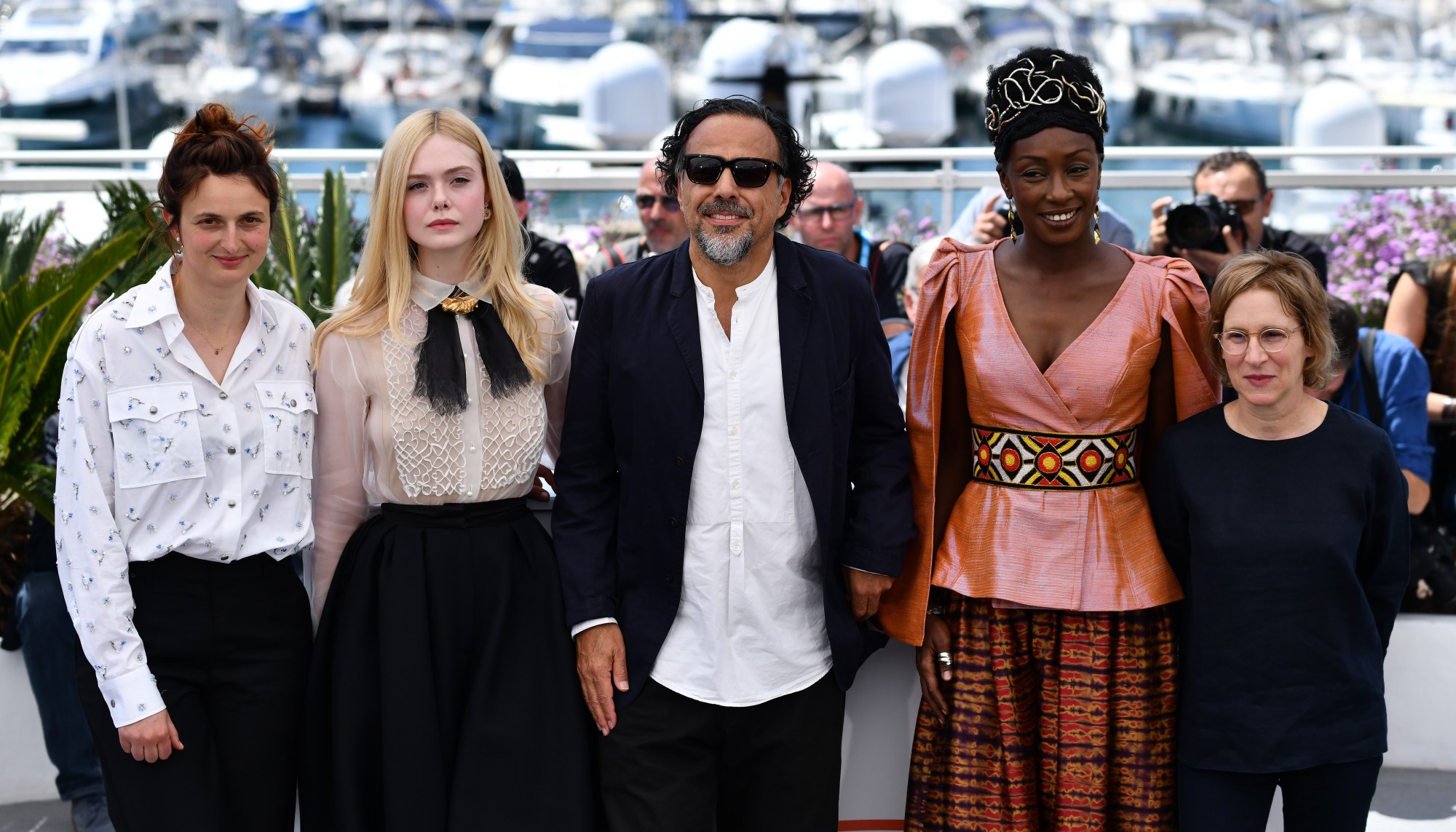
- Festivals
The Women of Cannes (or Lack Thereof)
Last year, 82 famous women marched on the red carpet of the Palais du Festival to bring attention to the lack of female directors at the French festival. Lead by then-current and previous jury presidents Cate Blanchett, Ava DuVernay and Agnès Varda, their ranks included Salma Hayek, Kristen Stewart, and Marion Cotillard. Varda read a pointed statement that said: “Women are not a minority in the world, yet the current state of our industry says otherwise. As women, we all face our own unique challenges, but we stand together on these stairs today as a symbol of our determination and commitment to progress.” A day later they all watched as Thierry Fremaux signed a pledge to improve gender parity at international film festivals. Some have wondered if he would be held to that pledge when he announced the lineup for the 72nd edition of the fest.
The issue has already contentiously resurfaced at this year’s first press conference (nominally devoted to the lifetime award to Alain Delon). When Fremaux was asked why the festival’s competition only had four films directed by women, he repeated that the under-representation of women directors in the film industry is a larger issue, not just for the festival. He added that when the festival signed a gender parity pledge, no one expected that there would be an equal number of female and male directors vying for the Palme d’Or.
It is true that Cannes overall does feature a record 15 films helmed by women directors, but the pace of change has frustrated many critics. At the very first Cannes Festival in 1946, Barbara Virginia’s surrealist film, Tres dias sem Deus debuted in competition. 70 years later, we can safely say that progress is more than slow and leaves a lot to be desired. A look at the numbers at this year’s festival speaks for itself: both big sections, the main competition and the Directors’ Fortnight have each included four films directed by women. For the former, they are Cèline Sciamma (Portrait of a Lady on Fire), Jessica Hausner (Little Joe), Justine Triet (Sibyl) and Mati Diop (Atlantics). For the latter, Rebecca Zlotowski (An Easy Girl), Melina Leon (Song Without a Name), Sharbanoo Sadat (The Orphanage) and Alice Furtado (Sick, Sick, Sick).
Yes, the overall numbers are up from 2011, the last time four female directors had their works shown in the main competition. 15 of 49 films are directed by women this year, about 27%. Is this really progress? In comparison, Berlin had 40%, Sundance 46%. In overall terms, during Cannes’ 71 years of existence, 4.3% of competition entries were directed by women, which equals 82 movies. During the same period, more than 1,600 men were able to compete for the Palme d’Or. And only one woman – Jane Campion – has ever won it (for The Piano).
Cannes head Thierry Frémaux said at the press conference that this year’s selection will include “beautiful portraits of women, not only by female directors but also by men.” How nicely put. Maybe it will take a female festival director to affect real change.
And never mind that some of the jury presidents in recent years were women, including the aforementioned Blanchett and DuVernay. This year, Lebanese director Nadine Labaki gets to head the Directors’ Fortnight jury while Alejandro Iñárritu gets to do the main competition.
It may just not be enough that this year’s Cannes poster is an hommage to Agnès Varda (titled “Agnès, in the bright sunlight”) that features an image of the pioneering filmmaker, showing her perched dangerously on the back of a technician in order to get a shot for her first film, La Pointe Courte. She was 26 when she made her first film in 1954. And she is still an anomaly rather than the norm 65 years later.

